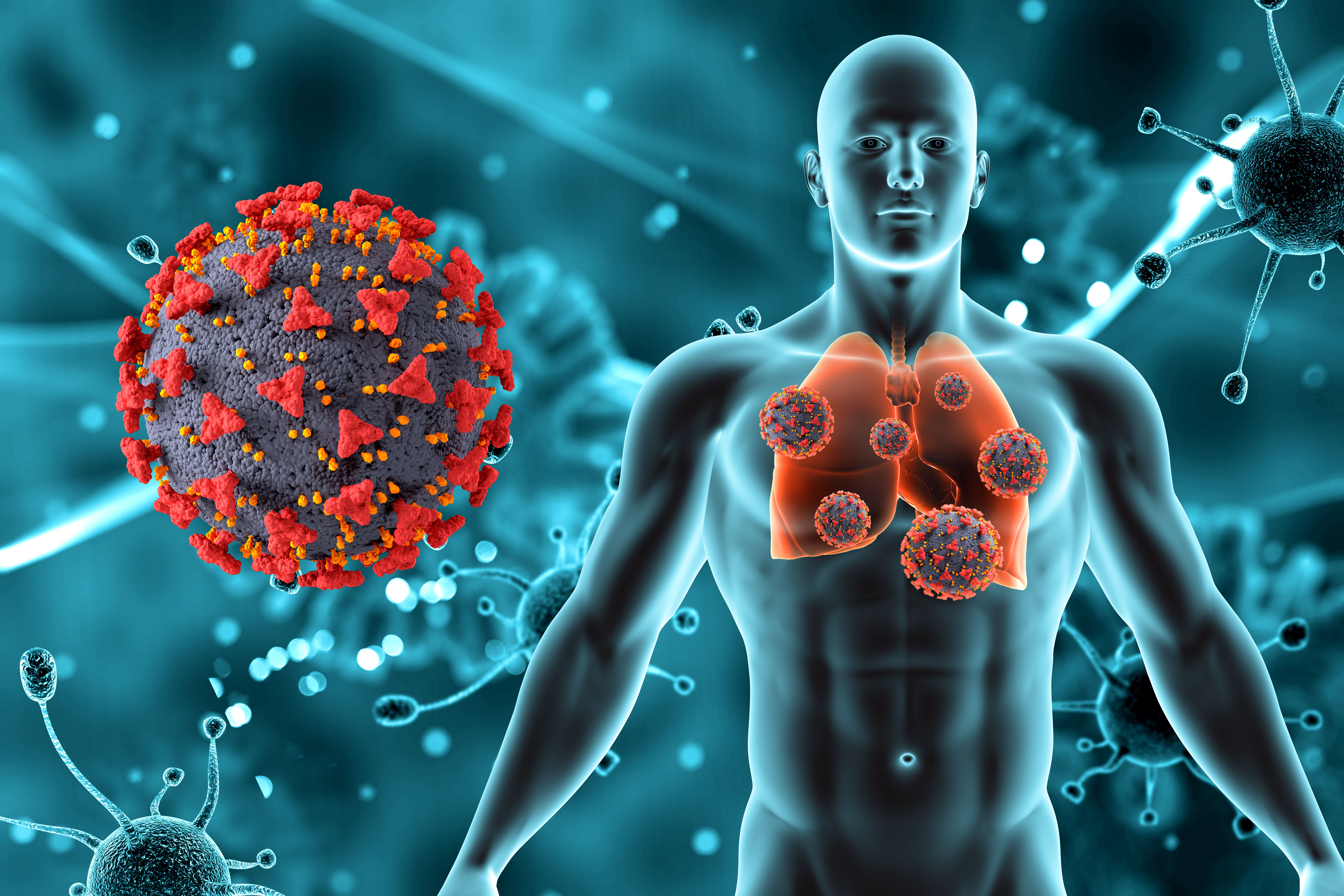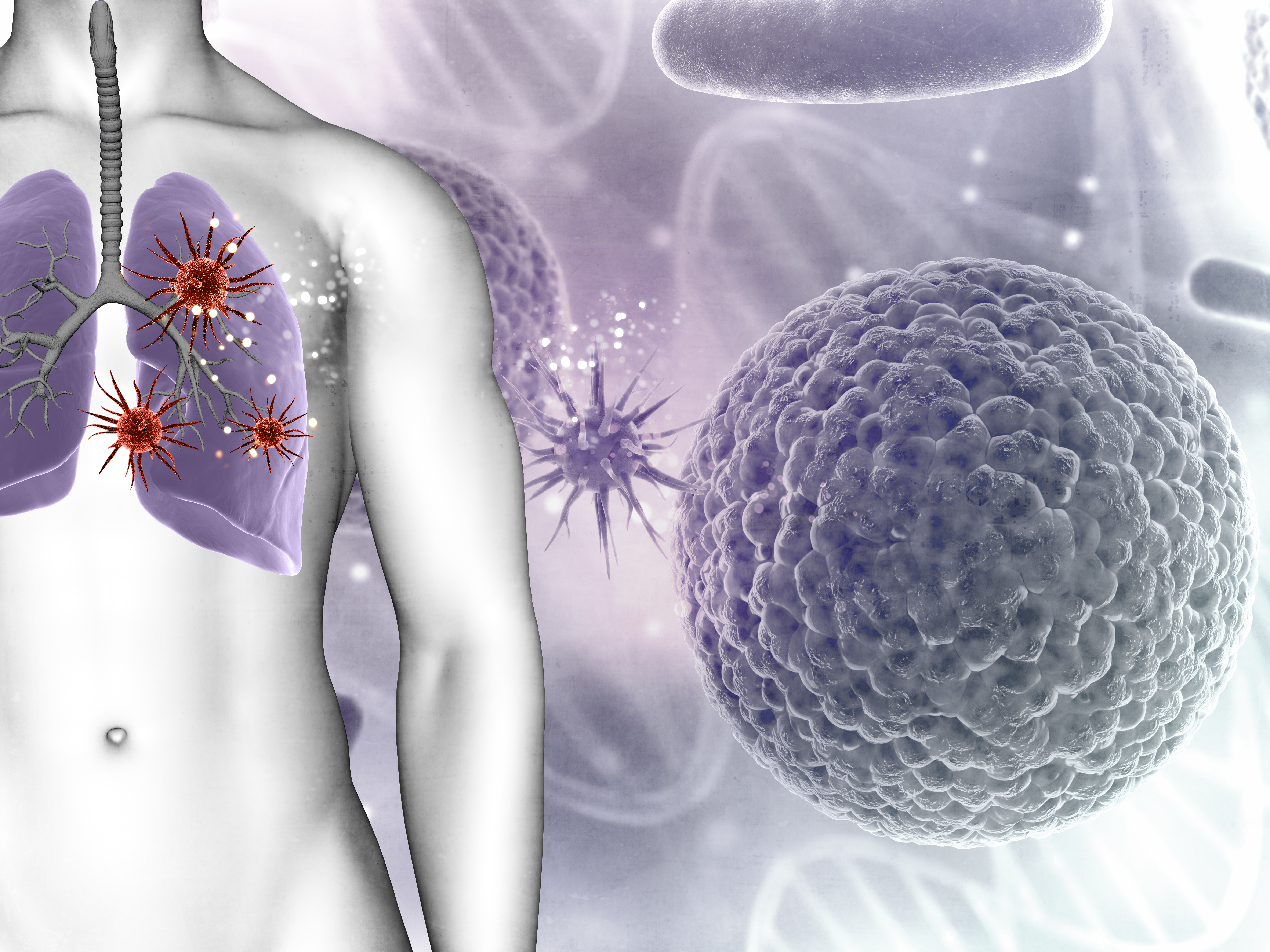Bronchoscopy is an endoscopic technique of visualizing the inside of the airways for diagnostic and therapeutic purposes. An instrument is inserted into the airways, usually through the nose or mouth, or occasionally through a tracheostomy
- Diagnosis of a lung problem
- Identification of a lung infection
- Biopsy of tissue from the lung
- Removal of mucus, a foreign body, or other obstruction in the airways or lungs, such as a tumor
- Placement of a small tube to hold open an airway (stent)
Bronchoscopy lets your doctor look at your airway through a tube called a bronchoscope. Afterward, you may feel tired for 1 or 2 days. Your mouth may feel very dry for several hours after the procedure. You may also have a sore throat and a hoarse voice for a few days.
After you are sedated, the doctor will insert the bronchoscope through your mouth or nose into the lung. If there are signs of discomfort, a member of the team will administer additional medications until you are comfortable. The bronchoscopy usually takes about 30-45 minutes.
Bronchoscopy is a minimally invasive procedure that lets your doctor look inside your airways and lungs. It's usually done with a flexible bronchoscope, a thin, bendable tube with a light and tiny camera at one end.

